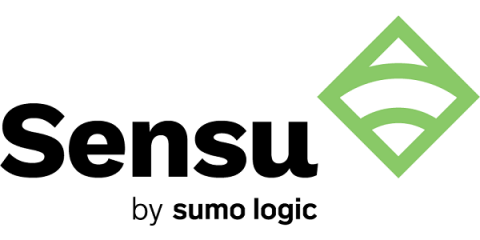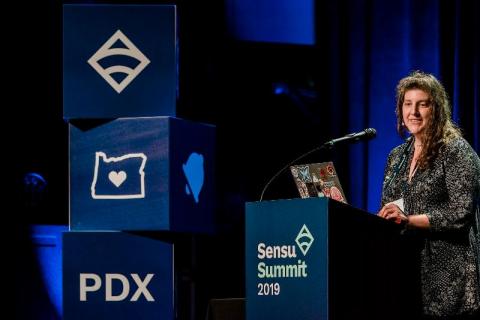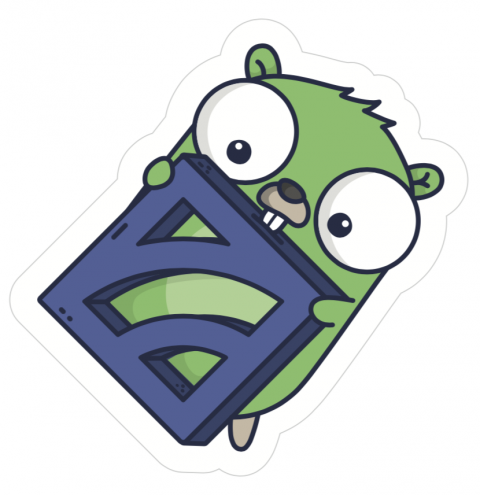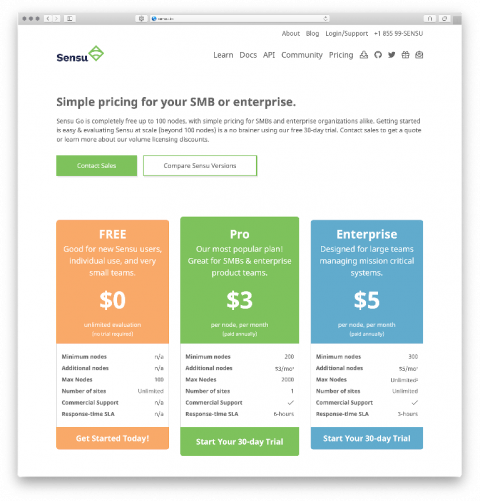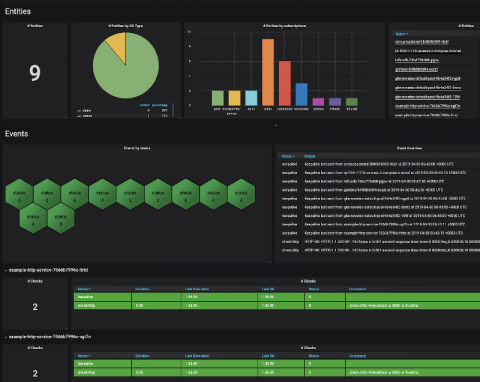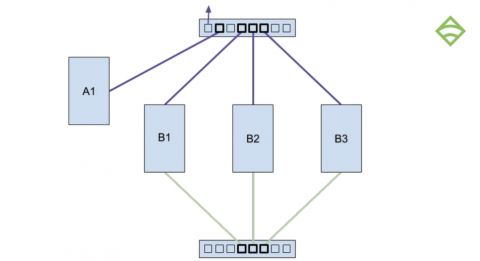Heightened visibility & deeper control with a monitoring control plane
Until a few years ago, if you did any kind of searching for control planes, you would have found results related to traditional networking concepts. With the advent of cloud computing — including hybrid cloud, multi-cloud, and cloud-native — we’re seeing a lot of tools starting to adopt a “control plane for 'X'” terminology. We’ve heard this term applied to — among other things — Kubernetes. More on that later.


